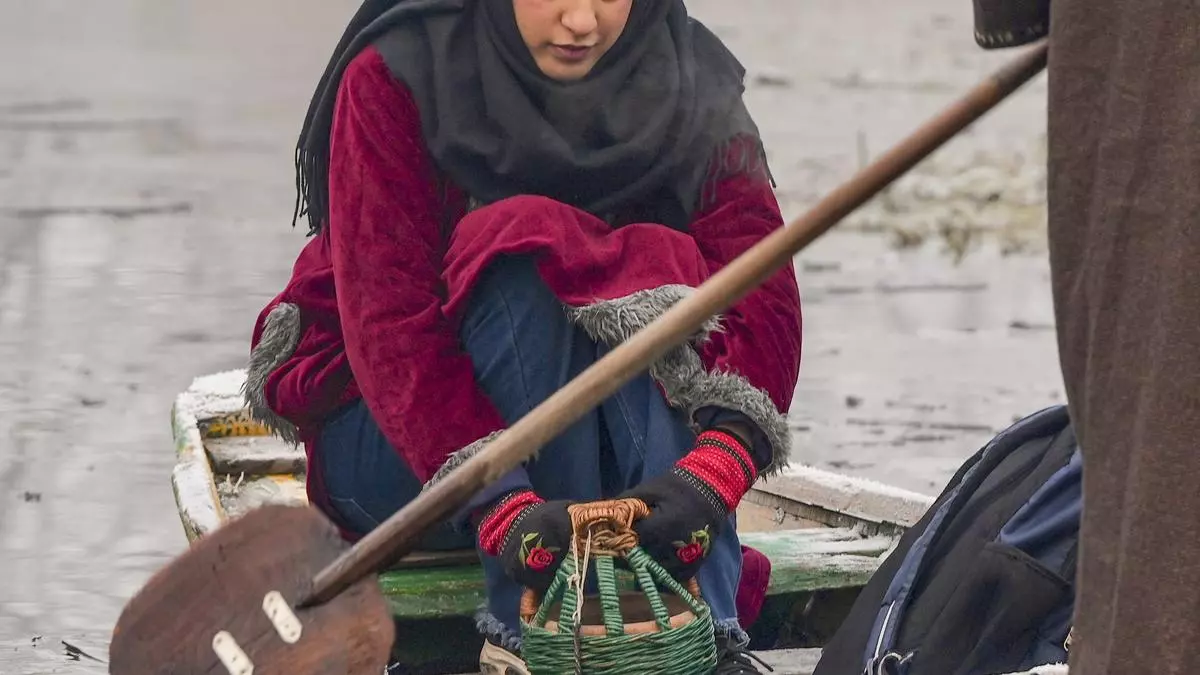India’s new central bank head faces a tough decision on managing the rupee’s exchange rate — focus on squeezing volatility like his predecessor did, or respond to calls for more flexibility as the dollar continues to surge.
Former Reserve Bank of India Governor Shaktikanta Das’s term was marked by efforts to staunch currency swings, as he sought to impart predictability to foreign investors as well as local importers and exporters.
A change in leadership has stoked speculation about the RBI’s exchange-rate policy. While effective in dampening fluctuations, critics say Das’s tight grip on the rupee effectively fixed the currency to a crawling peg against the dollar. That has hurt India’s export competitiveness during a period of slowing growth, they say.
Sanjay Malhotra, the new governor, hasn’t spelled out his policy stance on the rupee. Yet, there are signs he may allow the currency to fluctuate more naturally. The rupee’s volatility has perked up, reaching its highest in over a year in December, amid a further rally in the dollar.
“With persistent dollar strength and fluctuations in capital flows, pressure was building even before the new governor took charge,” said Abhay Gupta, a strategist at Bank of America Corp. in Singapore. “A change in FX management was warranted with room for more flexibility, and a change in guard may have just provided justification to that.”
Former Chief Economic Adviser Arvind Subramanian has called for the RBI to return to a more flexible exchange rate. In a series of newspaper articles, Subramanian and others have argued that keeping the rupee on a tight leash has hurt India’s average export competitiveness. They also warned of side effects, including tighter monetary conditions and the possibility of a speculative attack on the currency.
A gauge of the rupee’s inflation-adjusted trade competitiveness, or real effective exchange rate, rose to a historic high of 108.14 in November, suggesting an overvaluation of about 8%.
“The rupee therefore needs to depreciate by about 2-3% on average to align with its fundamentals on a long term basis,” said Kanika Pasricha, chief economic adviser at Union Bank of India.
- Read: Rupee declines for 7th straight year, ends 2024 at 85.61/USD
The rupee is closing in on the 86-mark, having hit a series of record lows in recent days, as pressure mounts from a strong dollar and a widening trade deficit.
“India’s external account has shifted from comfort to caution, and the biggest reason is the sharp slowdown in net FDI due to dual factors of reduced fresh inflow and sharp jump in repatriation,” said Namrata Mittal, chief economist at SBI Mutual Fund.
The RBI’s foreign-exchange reserves, which hit a record high of $705 billion in September, slid to an eight-month low of $640 billion as of Dec. 27. The erosion roughly coincided with Donald Trump’s latest presidential election victory.
- Read:India’s forex reserves extend decline, stand at 10% below peak
The authority’s forwards book also showed a shortfall of about $60 billion as of November. This means it will have to buy a matching amount to settle maturing contracts or deplete its reserves further.
“No matter what your stock of reserves is, if you lose a very big quantity of reserves in a short period of time, it doesn’t send a good signal to the market,” said Viral Acharya, former deputy governor at the RBI.
A spokesperson for the central bank didn’t immediately respond to emailed queries on its forex strategy.
- Technicals: Weekly Rupee View: Rupee slides further, recovery hinges on the dollar
Some players like MUFG Bank Ltd. are revising their forecasts downward. It now expects the rupee to drop to 88.50 by December from 86 earlier.
“RBI’s FX policy could turn less interventionist and allow INR to adjust weaker, even as it is unlikely to let INR go completely,” senior currency strategist Michael Wan wrote in a note.
More stories like this are available on bloomberg.com







Leave a Comment